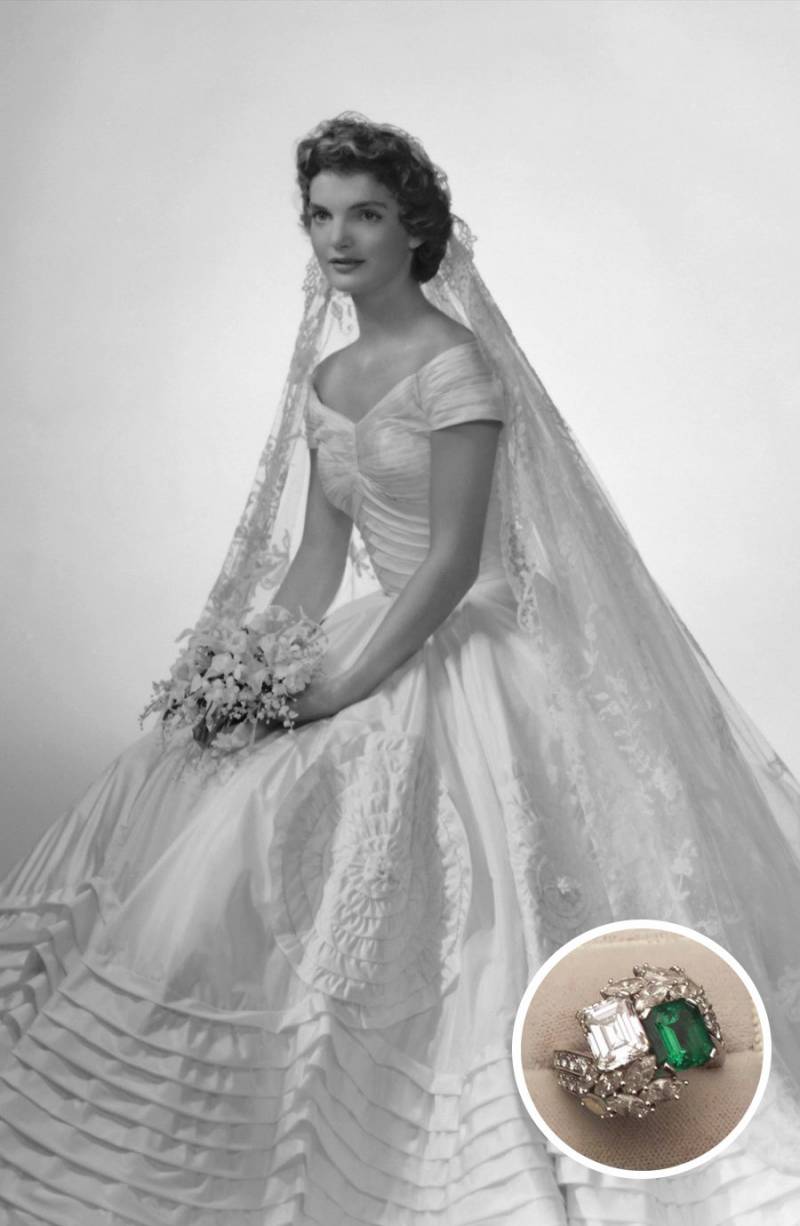We all know engagement rings say, “I love you.” But history tells us they’re actually more about saying, “I own you.” To give you a little insight into the meaning of your engagement ring before your Lake Tahoe wedding, here are some fun facts about the ever-evolving tradition that varies from country to country.
- Giving engagement rings is a tradition dating back to ancient Egyptians. They believed circles symbolized eternity, and exchanged rings made of braided reeds.
- The ring finger was chosen because apparently it had a vein that ran directly to the heart, later called the “Vena amoris,” or vein of love.
- The ancient Romans started the tradition of betrothal rings in lieu of giving the bride money or an object of value. In other words, they’re the ones that made the ring more about ownership than love.
- Around the time of the 2nd century B.C., the groom first gave the bride a gold ring to wear for the ceremony and other special occasions, then an iron ring to wear at home. Wives also wore rings attached to small keys, indicating their husbands’ ownership.
- Archduke Maximillian of Austria commissioned the first diamond engagement ring in 1477. He gave it to Mary of Burgundy, and sparked a trend for diamond rings among aristocrats.
- When the Great Depression hit in the 1930s, affecting the price of diamonds and engagement-ring-purchasing, the diamond cartel De Beers began a marketing campaign to revive his trade. First, he set out to educate the public on the 4 Cs (cut, color, carats and clarity). Next, in 1947, he came out with the game-changing slogan, “A diamond is forever,” persuading consumers that engagement rings are indispensable, and that diamonds are the only acceptable stones for them. Basically, he aimed to convince the masses their marriages weren’t destined to last forever if the bride wasn’t wearing a diamond ring.
- De Beers is also partly responsible for men thinking they should spend a certain amount on a ring. In the ’30s, they suggested spending the equivalent of one month’s income. Soon, it became two.
- Even before The Great Depression, engagement rings were expensive because they provided the woman some financial security in case of her fiance’s death, or in case he called the marriage off. Tradition holds that if the man breaks off the engagement, the woman is not obliged to return the ring, making it a form of compensation for a woman’s damaged reputation.
- A no-fault rule is being advanced in some places to ensure the fiance is entitled to the return of the ring if the engagement is broken off. This rule assumes the ring only becomes property of the fiance after getting wed. However, if the ring was gifted on a gift-giving holiday, like Valentine’s Day or Christmas, it immediately becomes the recipient’s property.
- The most common setting for engagement rings is the solitaire prong setting (one single diamond), which Tiffany & Co popularized.
- Today’s favorite cut is the brilliant cut because it has maximum sparkle.
- Runner-up favorite cuts are the princess, emerald and oval, with the cushion cut quickly gaining popularity.
- Trilogy, or Trinity, rings have three matching diamonds in a row and are said to represent the couple’s past, present and future.
- In Nordic countries, both men and women wear engagement rings.
- In Germany and Argentina, you wear the ring on your left-hand pre-marriage, right hand post-marriage. The opposite applies in Brazil, where both the groom and bride-to-be wear rings.
- In Poland and Turkey, the ring and band are traditionally worn on the right hand, but these days more and more people are switching to the left.
- More than 80% of American brides get diamond engagement rings
- Neither the engagement nor any other ring is worn during the wedding ceremony, until the groom puts the wedding ring on his bride’s finger, and vice versa.
- After the ceremony, the engagement ring is put back on, on the outside of the wedding ring.
- Some brides have their wedding and engagement rings soldered together to prevent misplacing one or the other.
- In the USA and Canada, only women traditionally wear engagement rings, but, in return, they gift their partners with an engagement gift.
- Alexa Dell, the 24-year old heir to Dell Technologies, has an engagement ring worth $2-3 MILLION.





